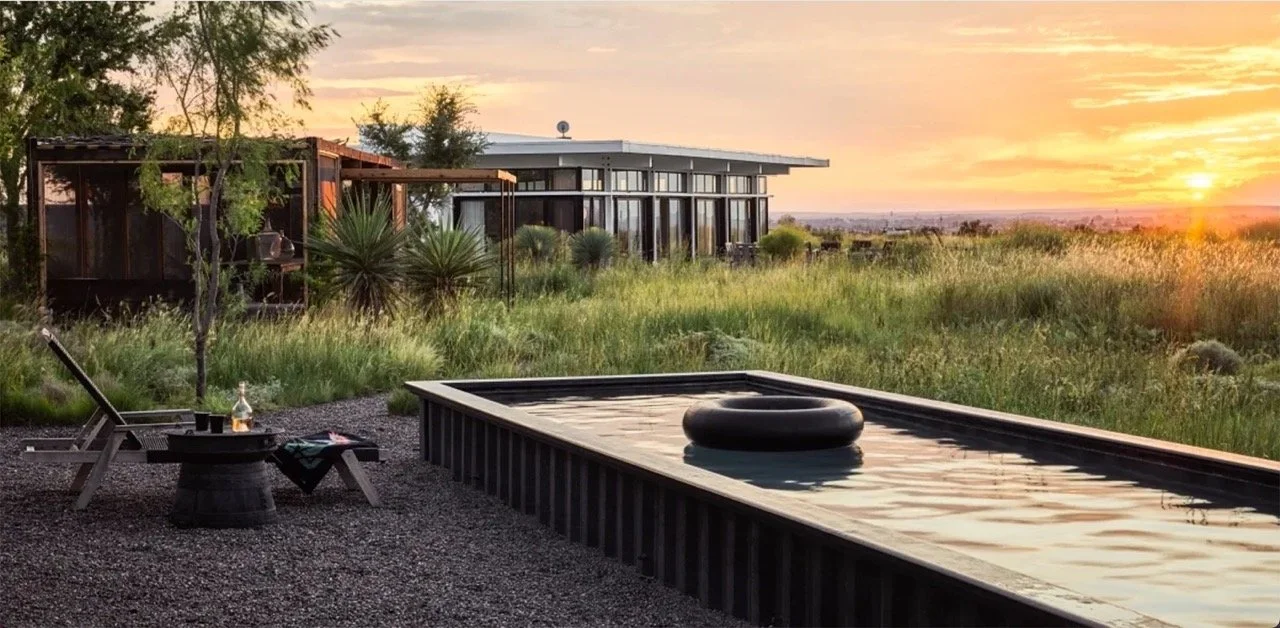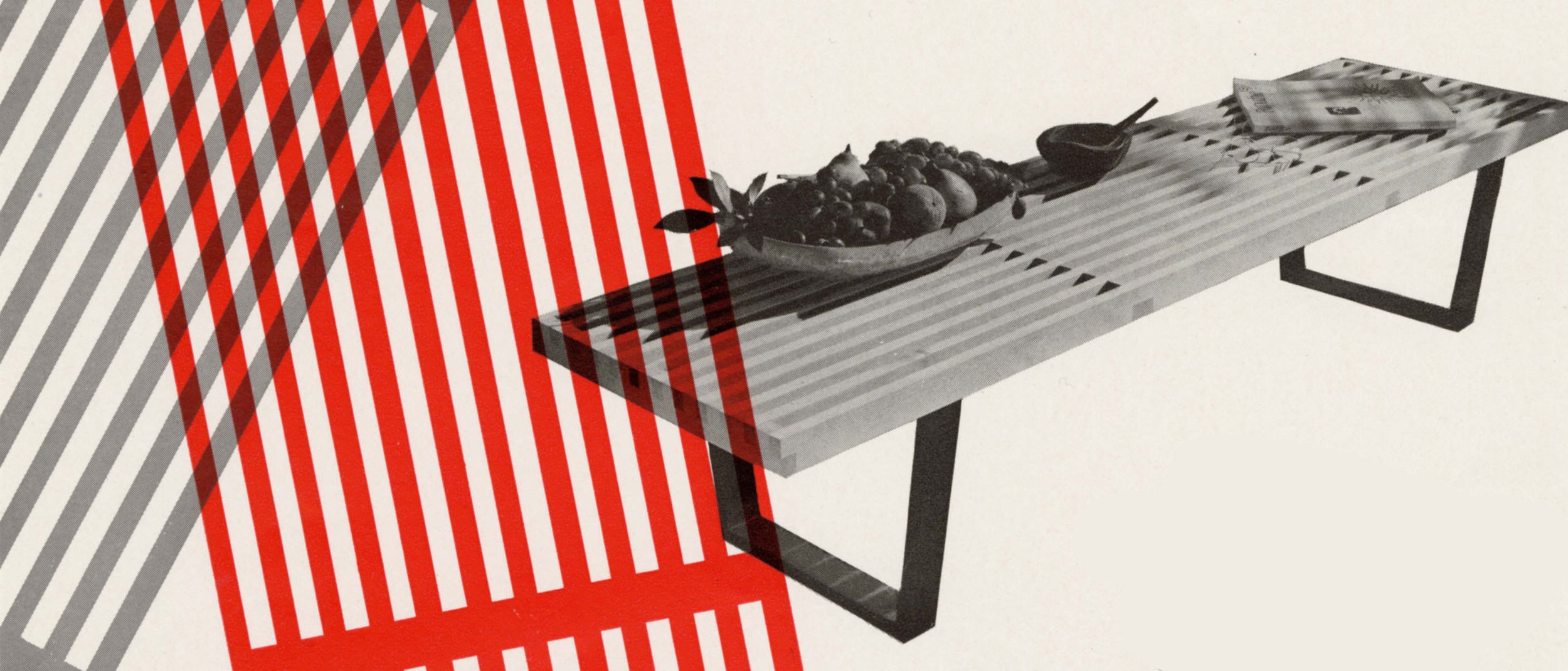Take a walk through center city Philadelphia, you’ll find evidence of Jane Korman’s vision all around you: on Arch Street, the innovative textile studios and galleries at the Fabric Workshop and Museum will be abuzz with creativity, with thought-provoking exhibitions on view. On Walnut Street, you’ll pass the Jane & Leonard Korman Respiratory Institute at T homas Jefferson University Hospital—an initiative inspired by her own experience as a lung cancer patient who never took the ability to breathe for granted.
Read MoreWalk up North American Street in Olde Kensington, Philadelphia, and a sharp figure will catch your eye: It’s Tariq “Black Thought” Trotter, the leader and founding member of The Roots, depicted majestically on the side of a decorated Sèvres vase. Artist Roberto Lugo’s mural—four stories high, saturated with joyous color, and full of references to Black creative excellence and historical ceramics—is the perfect introduction to the beehive of creative activity unfolding inside the building. Walk up to the front entrance and you might pass an artist throwing pots just behind a street-level window; then you’ll encounter a retail space full of handmade functional pottery for sale.
Read MoreScroll through Erick J. Espinoza’s Instagram feed, and you might think you’ve traveled back in time to the 1930s — not the Art Deco version, but the version filled with hooked rugs, weathervanes and candlesticks betokening the era’s American Colonial Revival, perhaps with the color saturation cranked way up. “There’s something so lighthearted about Americana. Even really serious and intense works of American folk art are still whimsical, graphic and humorous,” said Mr. Espinoza, who is the 32-year-old creative director at the Hamptons design studio founded by Anthony Baratta. Mr. Espinoza especially loves the geometric patterns of game boards and quilts.
Read MoreIn the middle decades of the 20th century, trained eyes were alert to something called the Liebes Look. Colorful, textured and shot through with shimmering, synthetic fibers like Lurex, the woven textiles of Dorothy Liebes were a signature feature of some of the most glamorous postwar interiors in America: Doris Duke’s Shangri La, the Delegates Dining Room at the United Nations, the cabin of the American Airlines flagship 747, the set of the 1949 Barbara Stanwyck film noir “Eastside, Westside” and the inside of the 1957 Chrysler Plymouth Fury, to name just a few.
Read MoreDuring the summer of 1950, artist Saul Steinberg was in Los Angeles so that he could appear as Gene Kelly’s hand double in the movie “An American in Paris.” He was quickly disenchanted with the project (he decried the output of the movie studio as “Technicolor musicals, stupid stuff”) but he and his wife, artist Hedda Sterne, decided to stay in California anyway. They kept company with Igor Stravinsky, Gene Kelly (no hard feelings, apparently), Christopher Isherwood, Billy Wilder, Oscar Levant, and Charles and Ray Eames.
Read MoreIn 1913, the designer Elsie de Wolfe published a book that would become a classic of interior design, a profession she helped create during her long career. Entitled The House in Good Taste, its mission could not have been more clear: De Wolfe wished to see American interiors brightened up, styled with a confident point of view, and cleared of the Victorian clutter that crowded so many 19th-century homes with fringe, cut velvet, seashells, and elaborate wood carving.
Read MoreIt’s difficult to imagine a group of Gilded Age women reading a magazine, or listening to music on a phonograph, while reclining on a rug. Their foundation garments wouldn’t have permitted it. The wool wouldn’t have been comfortable to laze on, even if it had been acceptably ladylike to do so. But this is exactly the posture in which we find women in the 1950s, at least in innumerable editorials and print ads. They lie sideways, wearing pants or leotards, doing their thing, almost as though there were a new, secret room in the house hovering just below the horizon line of the coffee table.
Read MoreBetween Holy Week and the demands of farm life, it wasn’t easy to get Sister Lily Scullion on the phone in April. (“Sorry for the delay, have been very busy with lambing,” she wrote in an email.) But a packed schedule goes with the territory at St. Mary’s Abbey in Glencairn, where 29 sisters are busy each day with work and prayer; making handmade cards, candles and Eucharistic bread; and tending the abbey’s grounds, which occupy nearly 250 acres of County Waterford, near Ireland’s southeastern coast.
Read MoreThere is something irresistible about the ugly duckling, even before its grand metamorphosis into (spoiler alert) an adult swan. He’s gangly, his feathers look weird, his proportions are off, and every other animal he encounters on his journey notices this and comments on it. The moral of this beloved fairy tale is that beauty and its antithesis, ugliness, are meaningful only in context. The “ugly” duckling was just the victim of a temporary category error, he wasn’t actually ugly.
Read MoreIts name doesn’t inspire a sense of coziness, comfort, or even glamour, yet Brutalist architecture—the postwar style that pinned its hopes on the possibilities of poured concrete—seems to be back in the zeitgeist. Of course, it never really left: For decades, its detractors have been waging a war of attrition against its somewhat severe and aggressively modernist aesthetic with a policy tactic known as “active neglect.” Boston’s City Hall has been controversial since it was unveiled in 1968.
Read MoreMarble is synonymous with grand, storied luxury. One can scarcely tour a museum or a palace without encountering staggering quantities of the stuff: Think of the gleaming ivory and white stone that built the Taj Mahal in Agra, India, or the intricately patterned black and white tiles of the Marble Courtyard paving the way to the Château de Versailles. But recently, designers and architects have been embracing a dazzling range of colorful marbles in their creations—each slab as unique as the geological phenomenon that created it.
Read MoreIt can’t be a coincidence: rising interest rates, worries about inflation and the price of gas, and the triumphant return of the disco ball and the blob sofa all in the same year? Could it be that midcentury-modern style has decided to take a much-needed rest? Avant-garde Italian furniture from the 1970s, smoked glass, conversation pits, earthy colors, and wall-to-wall carpeting all appear to be back with gusto.
Read MoreFew flowers have as strong a grip on the popular imagination as the orchid. An obsession with orchid collecting has even inspired two popular books: Susan Orlean’s The Orchid Thief and Carol Goodman’s The Ghost Orchid. Though delicate in appearance, orchids thrive in environments all over the world.
Read MoreSwimming pools seem like a great idea when a summer heat wave hits, but with the excavation and expense involved in the construction of a traditional in-ground pool, they don’t provide a last-minute solution. That’s why a once-maligned marvel of early-20th-century design—the aboveground pool—is finally enjoying its moment.
Read MoreHamlet VIII, the lobby cat of the Algonquin Hotel in New York City, is arguably the longest-standing resident of the legendary auberge. So when a recent renovation of the property came to pass, Stonehill Taylor applied concepts of cat-friendly design to ensure that he and the inn’s more temporary guests could live in harmony.
Read MoreIt’s a luxurious product, soft to the touch, cozy, yet boldly glamorous. A fashion statement. Are you thinking of wall-to-wall carpet? The furry floor covering might bring to mind a 1970s adult film set more than of-the-moment glamour, but like it or not, all signs point to a resurgence for this misunderstood interior design icon. From chic nightspots to fashion-forward apartments, wall-to-wall carpet is suddenly taking a star turn.
Read MoreNot to be confused with a tagine or a terrine — though they’re also lidded vessels — tureens have been among the brightest stars of a luxuriously appointed table since the 17th century. Their unusual combination of practicality and artistic flourish make them desirable to collectors and home chefs alike.
Read MoreThe man who would eventually be described by Carl Linnaeus as the "greatest natural botanist in the world” began his lifelong study of plants for a surprising reason: John Bartram had dreamed of becoming a doctor, but he was born in Pennsylvania in 1699, where the first medical school (the College of Philadelphia) wouldn’t be established until 1765. With a passion for science and acres of unspoiled wilderness around him, he followed his curiosity and became an expert on North American plants, transforming the culture of gardening on both sides of the Atlantic in the process.
Read MorePicture a shimmering fabric with a subtle wave pattern, and perhaps you’ll imagine an 18th-century portrait painting of a stylish aristocrat wearing a voluminous silk dress. Or the grand wall coverings of a gilded royal bedchamber. You might even picture a deep purple Jessica McClintock prom dress from the 1980s. In all three cases, you’re likely envisioning moiré fabrics, a rippling silk textile that has come to connote very specific periods in history. As it happens, we’re living through one right now.
Read MoreBy the mid-1940s, people in and around the New York offices of Fortune magazine had just about had it with Colonial Revival. In 1946, the writer Eric Hodgins published the wry short story "Mr. Blandings Builds His Castle” in its pages, spinning a tale of well-heeled Manhattanites who move to rural Connecticut with their two daughters hoping to cultivate a life of bucolic tranquility. Instead, they find nothing but headaches, structural problems, and lawsuits. (In the 1948 movie that was eventually made from the novel-length version of Hodgins’s story, the father is played to exasperated perfection by Cary Grant.)
Read More



















